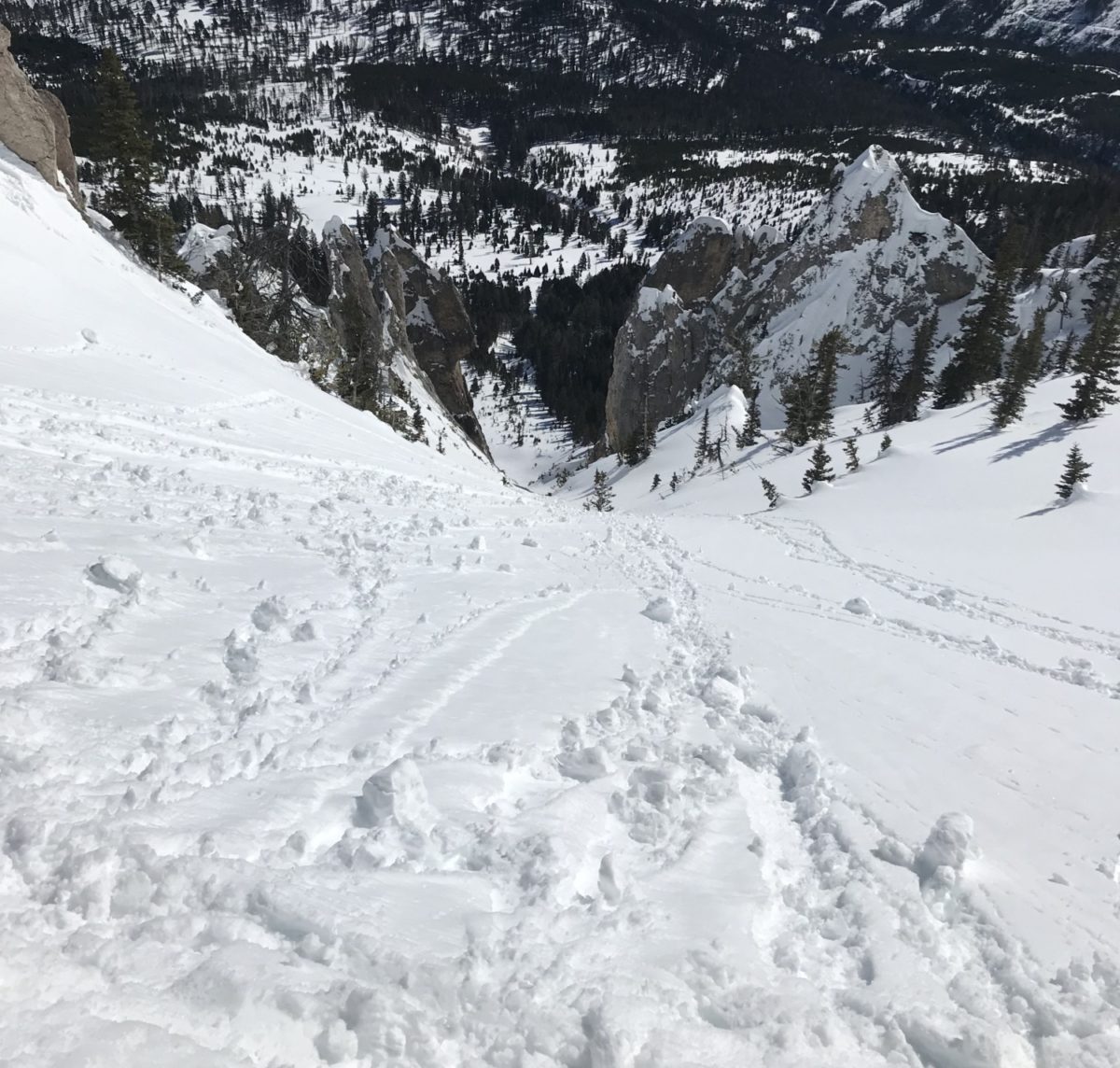A dramatic and sudden rise in temperature to the point where the snow surface becomes wet or damp. A potential sign of instability.
Rapid warming is commonly caused by solar influx (warm, sunny days) or advection of warm, moist air (warm, rainy days). Although not all rapid warmups cause unstable snow, deteriorating instability is often indicated by rollerballs, pinwheels, tree bombs, or rain-on-snow.
